- Angra do Heroísmo
- 2 days
- Comfortable clothing for hiking
- Recommended months to visit January - December
- Low difficulty level
- Some places with restricted hours



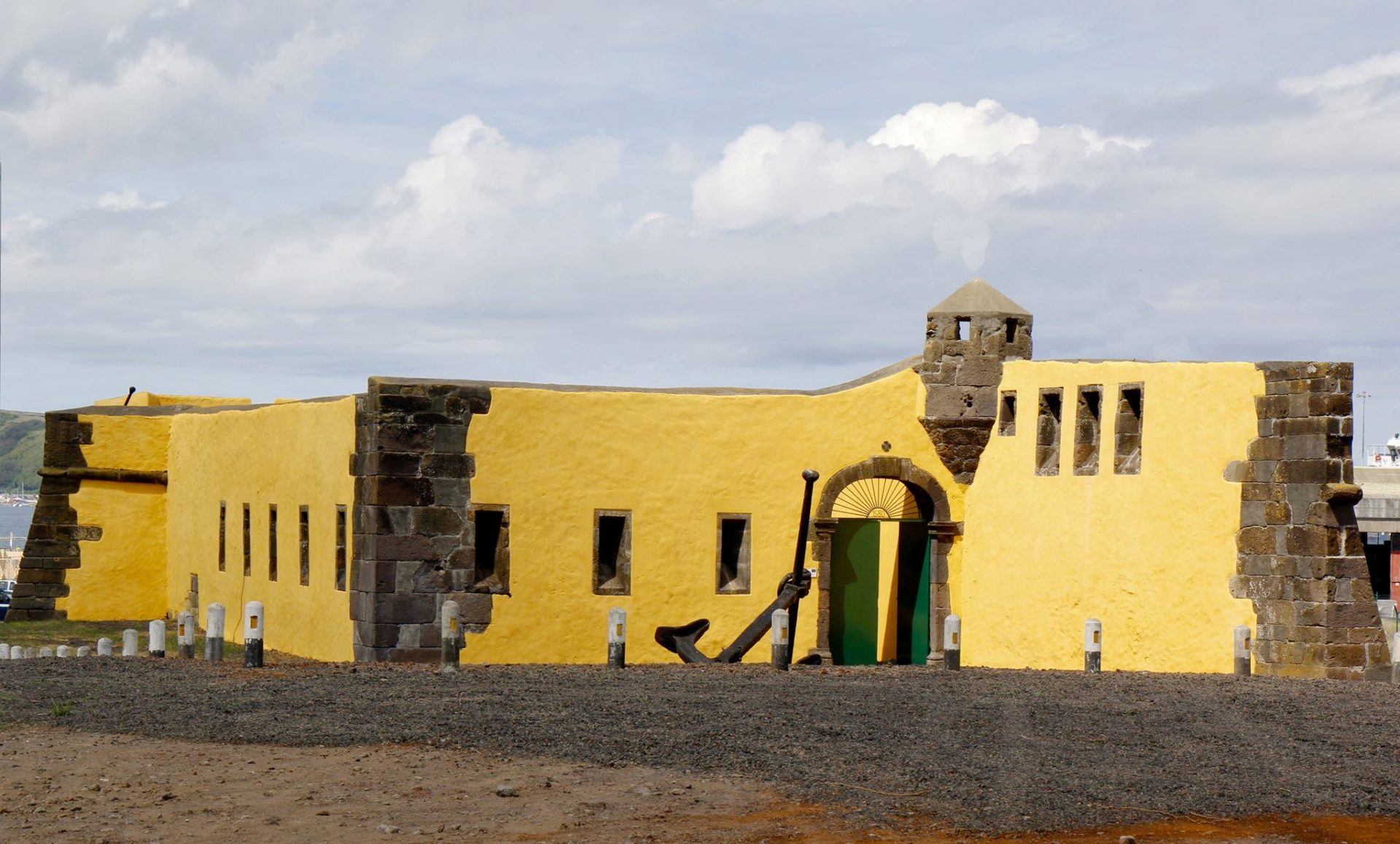
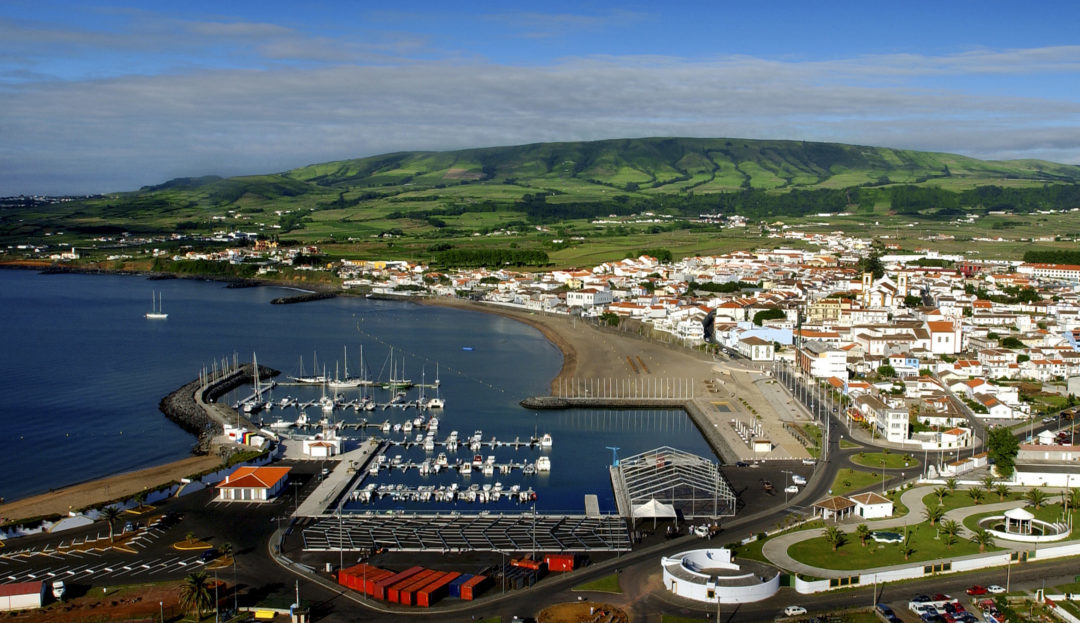



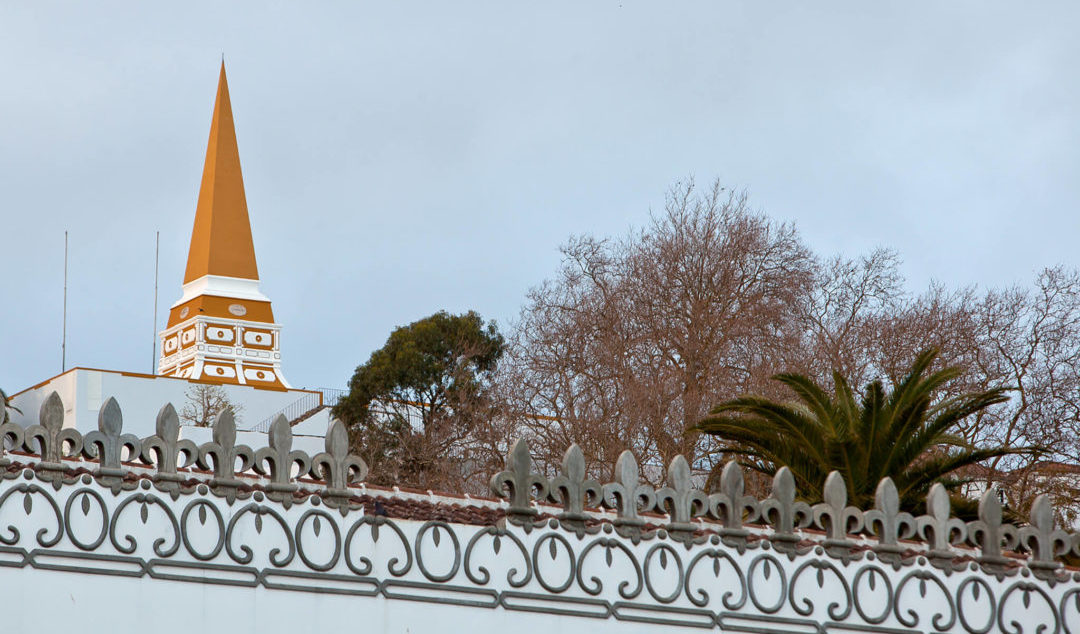
Imagine if, one day, whatever was real ceased to be so, and that life – all of it – were to change direction completely.
Well that’s exactly what happened in Angra (it was just called Angra back then), when Portugal was swept up a civil war between 1828 and 1834. As the country was put to fire and the sword, this small, proud city in the Atlantic was transformed, almost overnight, into the capital of the Kingdom of Portugal, supporting the Constitutional cause and the young queen, Dona Maria II, and was turned into a military base.

Behind this were two young princes, Pedro and Miguel. The brothers were very alike in many ways, but differed in their way of thinking and their ideals.
Pedro had brought about the Independence of Brazil, which he had turned into an Empire, and had granted a Constitution. He was then called upon to defend the same constitutional and liberal interests in the old kingdom of Portugal, where people, especially in the cities, were seething with the consequences of the French invasions, and the abusive presence of English troops.
Miguel, on the other hand, was a staunch supporter of a more traditional form of government, in line with the supporters of the old regime, who had come back in force after the fall of Napoleon. In Portugal, ordinary people, especially in rural areas, but also many intellectuals who had absolutist monarchic views, were totally on his side.
Miguel seized power in Lisbon, in June, 1828, and suddenly many defenders of liberal and constitutional ideals began to arrive in Terceira and establish themselves there, supported locally by a determined liberal nucleus, despite the knowledge that the general population supported Miguel.
There were five years of battles and skirmishes, profound legislative changes, coins were forged from bells, convents were abolished, troops were billeted, barracks were set up everywhere, there were adventurous guerrilla fighters, an English siege which can’t easily be explained, houses were burnt down to set an example to the opposition and there were even literary soirees.
Angra and Terceira Island were thus dragged to the centre of a struggle involving Portugal, Brazil and the interests of foreign powers like France and England. In the end, Angra changed its name to Angra do Heroísmo (Heroic Angra) and Praia became Praia da Vitória (Victorious Praia).
The “rat-trap”, as it was called by Miguel’s supporters and the cynics, was transformed into the “rock of freedom”. The yellow pyramid on top of the hill marks the “Memory” of those truly insane years and of how Portugal gained Constitutional freedom.
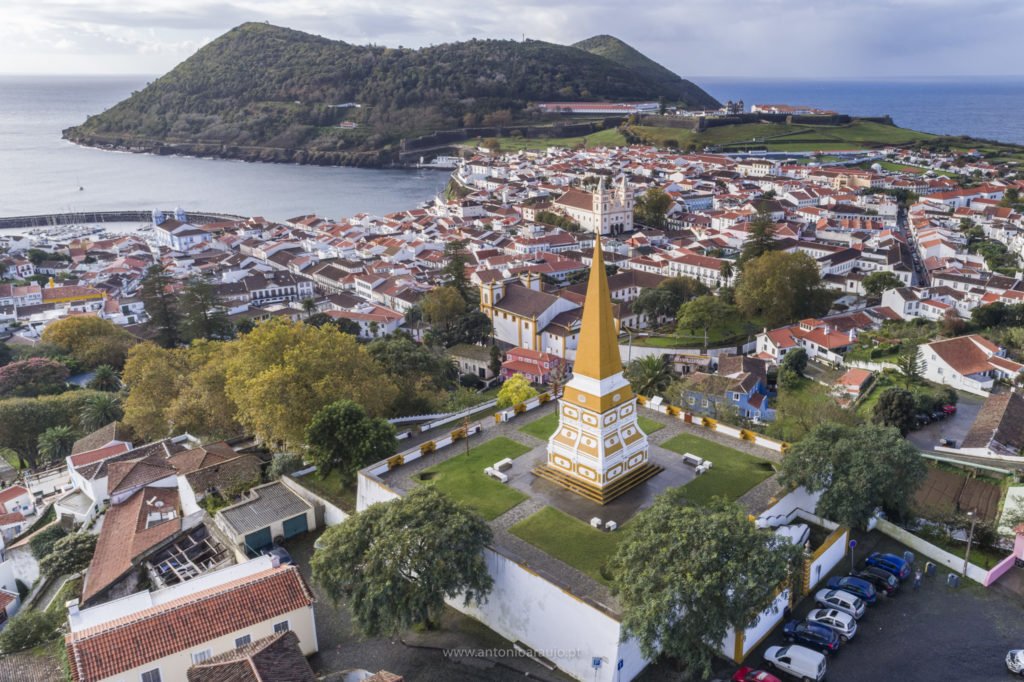
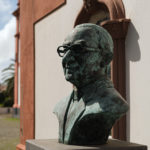
Guia Turístico
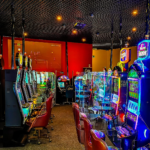
www.azorestouch.com
915 275 997

Guia Turístico

www.azorestouch.com
915 275 997